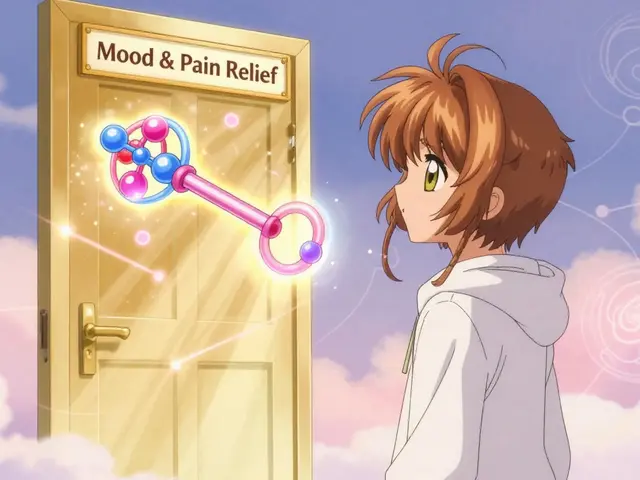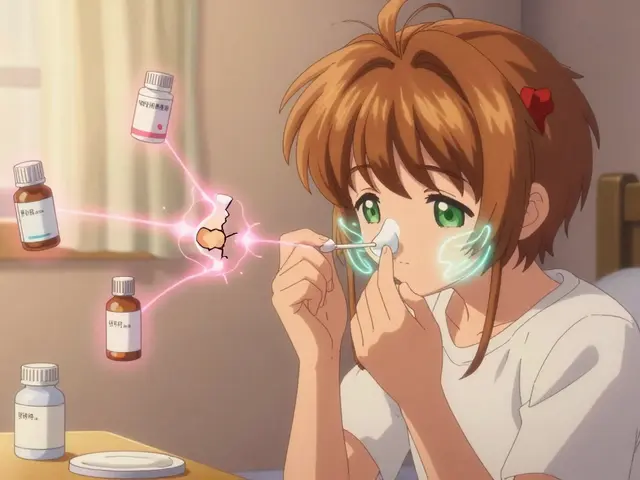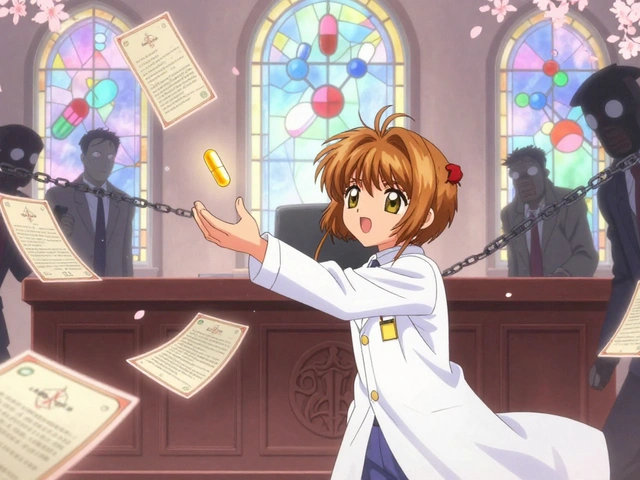Improving Your Health: Practical Medication & Lifestyle Tips
Most people can cut side effects or costs by switching medicines or adjusting daily habits. This page groups practical posts that help you improve treatment, buy meds safely, and feel better day to day.
You'll find clear guides on safer online pharmacies, cheaper drug options, alternatives to common prescriptions, and real tips for managing side effects. If you're trying to improve energy, digestion, skin, mood, or blood pressure, skim the short how-tos and follow the safety checks before you change drugs.
I write like a neighbor who has used the meds, read the fine print, and asked real pharmacists, so expect practical next steps, not medical essays.
Quick safety checklist
Before you change medications or buy online, do these simple checks: verify a pharmacy license, read recent reviews, confirm active ingredients, check shipping rules, and keep your doctor in the loop.
Simple steps to feel better
Start small. Track one symptom for a week, note when it gets worse or better, and bring that list to your appointment. Small data helps your clinician change dose or try an alternative with less guessing.
If cost is the issue, compare generics and pharmacy prices, ask about coupons, and consider mail order for chronic meds. For side effects, lower dose changes or switching classes often works.
Articles on this tag cover buying meds safely, drug alternatives like for Wellbutrin or Synthroid, managing common side effects, and choosing newer treatments when needed.
Read the specific posts for step-by-step checklists and real examples. If a post mentions a controversial drug or online site, I point out red flags and safer choices.
When to call your doctor? If a new symptom is severe, sudden, or limits daily life. If a cheaper alternative makes you dizzy, stop and check with your clinician.
Want a quick example? One reader switched from brand Z to a verified generic, tracked headaches for ten days, and found they disappeared after a dose change. Small tests like this save time and money.
Use the tag list below to jump to articles about buying meds, drug alternatives, managing side effects, and condition-specific guides like psoriasis, heartburn, or epilepsy.
If you want help, email us or check the contact page. I try to answer practical questions and point you to the clearest articles first.
Practical tip: keep a simple med diary with time, dose, and one note on how you felt. Phones work fine. Over two weeks you'll spot patterns your doctor can act on.
Online pharmacies: look for clear contact info, a physical address, pharmacist access, and require a prescription for prescription drugs. If a site sells controlled drugs with no prescription, avoid it.
Alternatives: generic names matter. Tell your pharmacist the generic you want. Ask about drug class changes if side effects are intolerable. Sometimes a different class reduces stimulation, weight change, or fatigue.
We update posts often with price tips and safety notes. Bookmark this tag and check back when you plan changes.
The role of Ranolazine in improving patient adherence to angina treatment
In my recent research, I came across the role of Ranolazine in improving patient adherence to angina treatment. Ranolazine is a late sodium current inhibitor which has shown to significantly reduce angina episodes and improve exercise tolerance in patients. This medication not only reduces the frequency of chest pain but also minimizes the need for additional anti-anginal drugs. As a result, patients find it easier to stick to their treatment plans and experience better health outcomes. I truly believe that more awareness about Ranolazine's benefits can greatly improve the lives of those suffering from angina.






